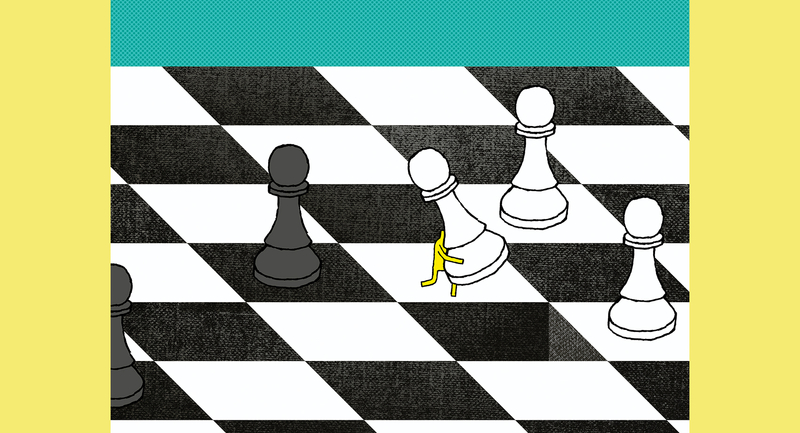When you walk into your classroom tomorrow, I propose you try something new. Instead of following the typical gradual release model of "I do, we do, you do" learning, flip it! Using a "you do, we do, I do" approach to learning creates excellent opportunities for students to engage in productive struggle. Jessica Hiltabidel, an 8th grade math teacher in Baltimore, writes,
"Inquiry-based lessons … begin with "you do" and give students the opportunity to figure things out for themselves. They rely on the first of the eight practice standards: Make sense of problems and persevere in solving them. The theory is that if a student works through the steps on his or her own, that student has a higher likelihood of retaining the information than if he or she were simply given steps to follow."
Flipping the gradual release model by starting with a "you do" (rather than the teacher-centered "I do") approach allows children to grapple with new concepts and deepen their understanding through problem solving and grit. But what does this strategy look like in a primary classroom and when should teachers use it?
My favorite time to flip the gradual release model is at the beginning of an instructional unit. This allows students to take ownership of the new content and make meaningful connections with their prior learning through productive struggle. I take on the role of facilitator in this type of learning model, stepping back so that students can learn more through their own explorations.
Here's how I implemented the "you do, we do, I do" approach when introducing three-digit addition with regrouping to my 2nd grade students. During the "you do" portion of the lesson, students moved between four classroom stations to solve a different problem.
Students used their prior knowledge of addition and worked together to solve each station's problem using base ten blocks, dry-erase boards, and markers. Moving between groups, I listened to the student discussions, shared insights between groups, and provided guiding questions to help students through the productive struggle. At the end of the task, students discussed their thinking and reasoning. This phase of the lesson gave students the opportunity to engage in inquiry, problem-solving, and perseverance.
During the "we do" portion of the lesson, I presented another problem to the class. This time, the entire class worked together by taking their previous discoveries and modeling their solutions. I used this time to discuss any misconceptions students may have had during the "you do" portion of the lesson. Students were able to defend their strategies and engage in math discussions.
Before moving to the "I do" phase of the learning model, I assessed students with a quick check (similar to an exit ticket). This allowed me to provide data-driven instruction and feedback during the remainder of the lesson. Students who were able to solve the problems transitioned to independent practice. Students who needed more support joined me for a typical "I do" lesson where I broke down the problem step-by-step and provided individualized support.
Each student received instructions specific to their needs. By implementing this model, my students were able to successfully master three-digit addition with regrouping more quickly than previous classes, retain and apply the skills learned on future assessments, and explain their thinking.
The "you do, we do, I do strategy" gives students an opportunity to engage in productive struggle throughout the school year and across subjects. Students become self-driven learners who can make their own connections between classroom content.
As a teacher, I want to move beyond lecturing to facilitate learning and give my students challenges that strengthen their ability to persevere. I want students to leave my classroom with the skills they need to succeed and a passion and curiosity for new information. Use this strategy to keep students actively engaged, intrinsically motivated, and ready for the future beyond your classroom.








